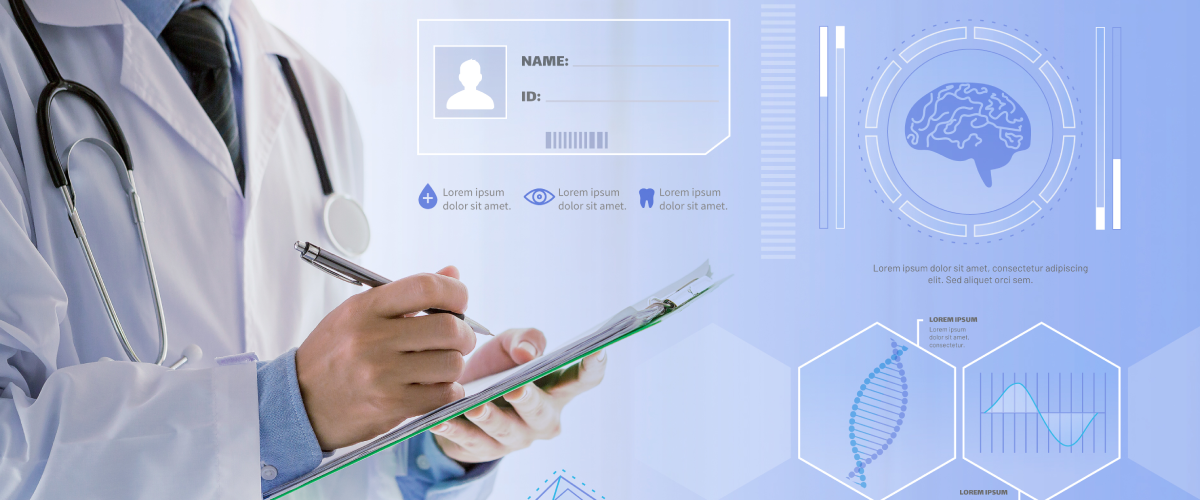
How can human-generated medical documentation outperform AI?
July 07, 2025
Medical documentation tasks can be completed quickly, accurately, and affordably with AI. Although it can seem like the greatest solution for the healthcare sector, could medical documentation eventually replace people? Does that prove to be the case? When put to the test, what is reality?
- AI demonstrated a remarkable 98% accuracy rate and was fast at comprehending medical speech. However, reports from AI were found to have a 7% hallucination rate, meaning that they contained information that was never discussed between a doctor and patient or dictated by a doctor.
- Human scribes have an accuracy rate of 96%. Fatigue is a contributing factor to a reduced accuracy rate, although it can be readily addressed by preventing burnouts and reducing turnaround time stress.
- At first glance, artificial intelligence (AI) may appear to be inexpensive, but the reports produced by AI need to be examined further by doctors and human medical scribes, which adds to the expense and time required and defeats the objective of AI. While building AI is inexpensive, hiring human scribes is expensive because of the training required. The cost gap is significantly reduced once additional analysis reveals that rework is more expensive because of the mistakes made by AI.
- Contextual awareness is the main benefit or distinction of using human scribes. Humans are obviously able to discern what should be included or left out of a doctor's talk with a patient, whereas AI's knowledge falls far short in this area.
- Artificial intelligence cannot identify mistakes made by doctors; humans can. Human scribes are unquestionably superior for healthcare when considering the end result, including document accuracy, which is the most important component of medical documentation and on which patient care and treatment outcomes depend.



